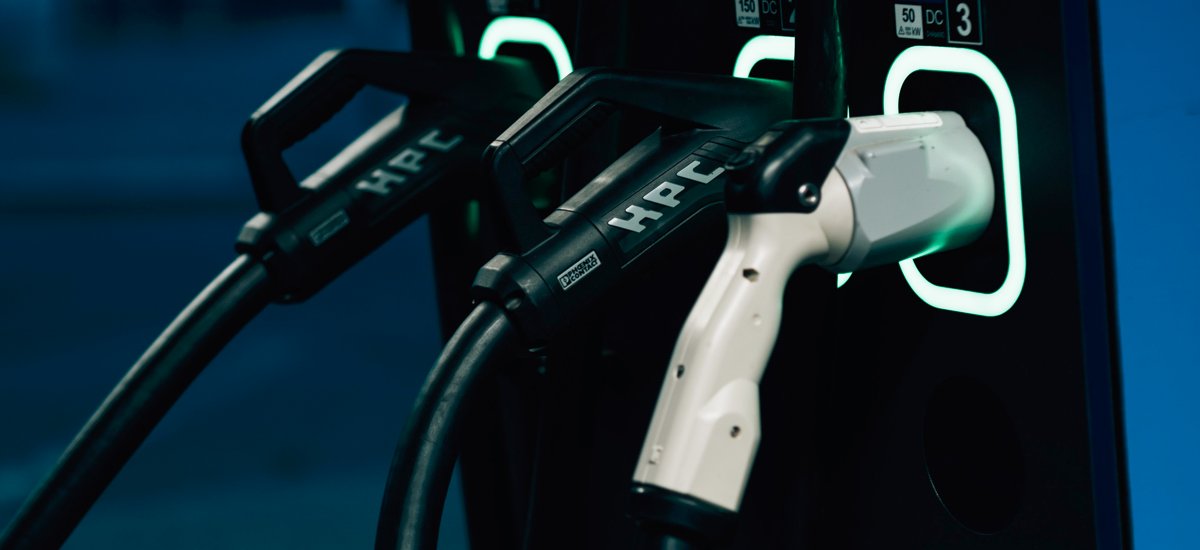
 Your Credit Estimate
Your Credit Estimate
 Your Credit
Your Credit
Your zip code helps us provide you with the most accurate vehicle pricing and vehicle availability.
We estimate your credit score to give you an idea of your monthly payments. To get an accurate payment amount, complete our credit application by clicking the Start Credit Application button below.
start credit application
Is everyone ready for the electric vehicle (EV) and battery-electric vehicle (BEV) boom? Automakers all over the globe are releasing concepts for EVs and BEVs if 2021 SEMA has anything to say about it. Plenty of well-known names had an EV concept or prototype model on the floor. We’ve been covering plenty of news about the industry on EV batteries, EV startups like Rivian, and big names like Kia Corp with the EV6. Now, we got some more news to share, and this is a big one. Recently, the House passed the biggest U.S. infrastructure package in decades $7.5 billion to help build a network of electric vehicle charging stations across the country. Oh, yeah!
Finally, right? This is a win for the electric vehicle market. Like hydrogen-fuel cell vehicles, the major setback for many consumers is that EVs and BEVs don’t seem practical. “What if I run out of battery in the middle of nowhere? No thanks.” That is the answer most people still driving internal combustion engine (ICE) vehicles powered by gas. Although a plug-in hybrid electric vehicle (PHEV) offers both a gasoline engine and an electric motor, how many can afford charging a vehicle for nine hours a day? How often will an owner stop at an EV station for 20 minutes versus a gas station for five? These are many of the reasons EVs and BEVs are still split among the market.
The new national network of EV charging stations should fix this, with a total of 500,000 EV chargers planned to be built. Many of these will be built along highways to help with long-distance travel, plus new charging stations within communities for increased convenience, not needing to drive to a plaza or charging hub far away. All of this could have a huge impact on how the consumer base views EVs and BEVs in the next few years. With many automakers unleashing plug-in hybrid and EV variants of well-known vehicles, eventually the market is going to shift, and alternative fuel vehicles will be more common than not.
By 2024, many Stellantis brands originally part of Fiat Chrysler Automobiles have plans to release more and more eco-friendly vehicles. Jeep has already wowed the world with the Jeep Wrangler 4xe, and has announced the launch of its first all-electric vehicle will take place in the first half of 2023. Next year in 2022, Dodge will be releasing the Dodge Durango plug-in hybrid, and then in 2024 its first eMuscle car. Ram will be joining Dodge with its release of the first fully electric Ram 1500 pickup truck. Domestically, we have some popular startups making a lot of noise lately – Rivian with the RT1 electric pickup truck, and Lucid Motors with the Lucid Air.
Overseas, Kia Corp and Hyundai Motors are working on their new lineup to follow after the EV6. Mitsubishi Motors, along with Renault and Nissan in their affiliated alliance, is gung-ho on EV development and production. After all the wishing for a sports car, we’re still waiting on the mystery C-segment D-segment EV Mitsubishi has been working on, announced back in May 2020. The next few years are bound to bloom with an EV variant from everyone.
Be sure to check out more of our coverage on the 2022 SEMA Show, compiling notes from last week. Or follow us on NowCar social media for more EV news.